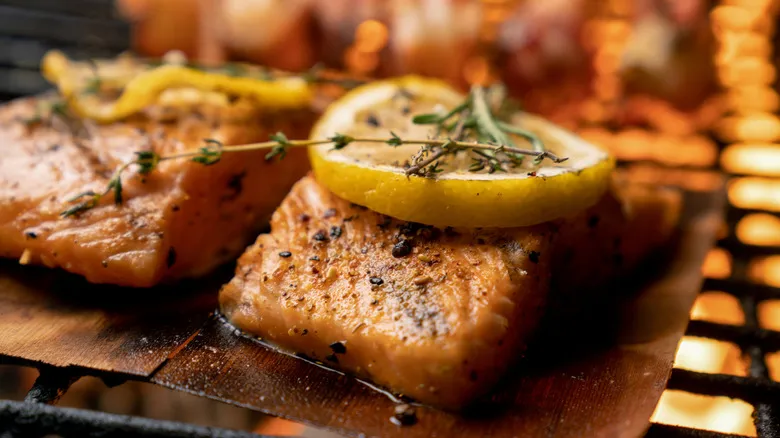Fruitwood adds sweet, subtle smokiness
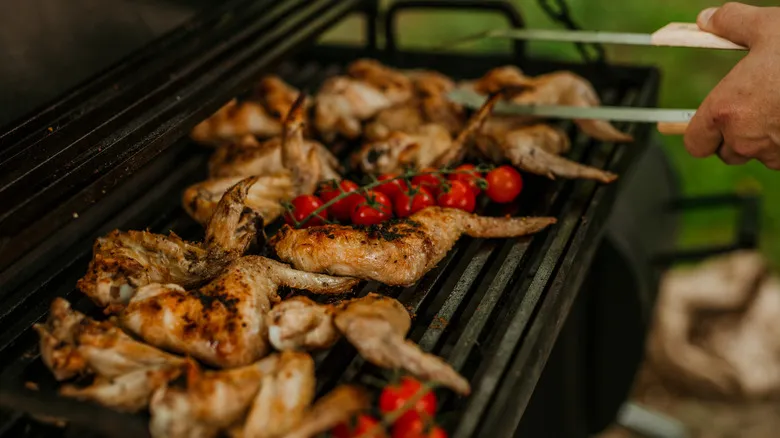
Andrew Zimmern prefers using traditional, natural hardwood charcoal as his primary heat source. Natural options, such as Kamado Joe's Big Block hardwood lump charcoal, are made from chunks of wood charcoal that haven't been compressed into briquettes. Enthusiasts favor lump charcoal because it lacks the additives commonly found in briquettes and is believed to burn faster, longer, and at higher temperatures. While hickory and oak provide a delightful smoky aroma and flavor to the food, in this context, they are mainly used as fuel rather than for smoke. This is where fruitwood chips and chunks come into play.
"I use fruitwood to enhance flavor and help regulate temperature to some extent over my natural hardwood charcoal," Zimmern explains. He soaks apple or other fruitwood chips in cold water for at least half an hour, then generously sprinkles them over the hot coals (you can add more every 30 to 60 minutes during low and slow cooking). The moisture evaporates, allowing the chips to burn slowly and produce more smoke instead of just igniting. The same principle applies to larger fruitwood chunks, which he soaks for several hours or even overnight. When using these larger pieces for smoking, Zimmern notes that a soaked fruitwood chunk can burn for about four hours at temperatures between 250 and 375 degrees Fahrenheit. Alternatively, dry fruitwood chunks can be placed in the hot zone (where the coals are concentrated) to provide extra heat, especially when cooking something hearty like a pork shoulder.
How fruitwood smoke impacts chicken and fish
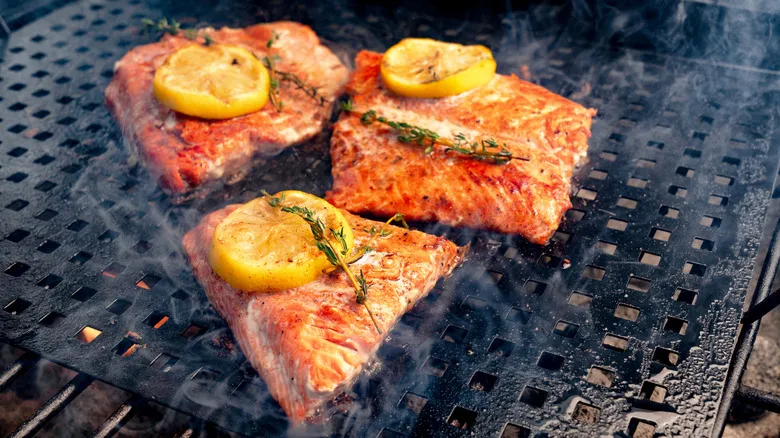
Does fruitwood truly add a noticeable flavor to meat? When it comes to naturally mild proteins like chicken or fish, it can be quite beneficial. The gentle, sweet undertones of applewood are certainly evident on salmon, especially in contrast to a bold, heavy wood like mesquite. It's important to keep in mind that various wood chips will affect meat in different ways.
In addition to the distinct smoky sweetness or fruitiness that fruitwoods contribute to the delicate flavors of fish or chicken, many believe that fruitwood, especially cherry wood, can alter the color of cooked chicken or pork, resulting in a deeper red or brown compared to smoking with oak. However, this visual change is nearly undetectable on the dark surface of a well-seared steak.
While Andrew Zimmern emphasizes using fruitwood with hot coals, you can also incorporate natural charcoal into gas grills. First, check if your grill has a specific compartment for wood chips. If not, you can use a smoker box like the Grillaholics model, which can be placed directly on the hot grill. Alternatively, you can create a DIY container using aluminum foil, effectively transforming any grill into a smoker.
Recommended
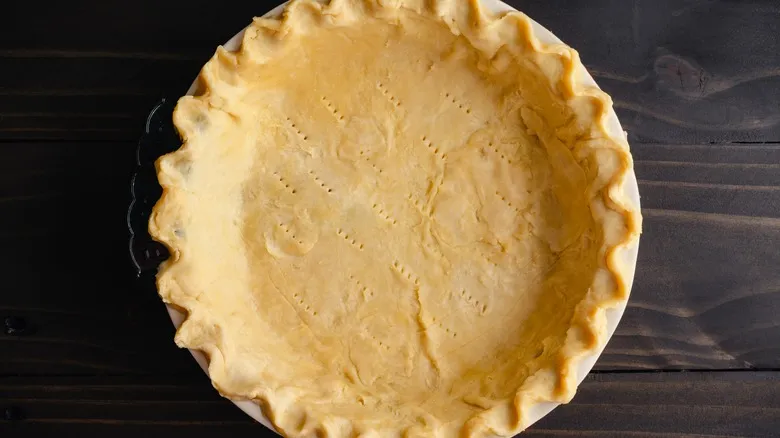
Toss A Shot Of Vodka In Your Pie Crust For Extra Flaky Results
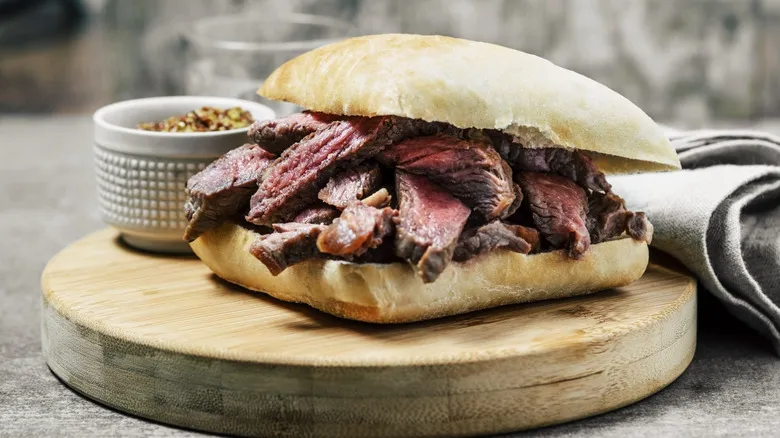
What's The Best Cut Of Steak For Making Sandwiches?
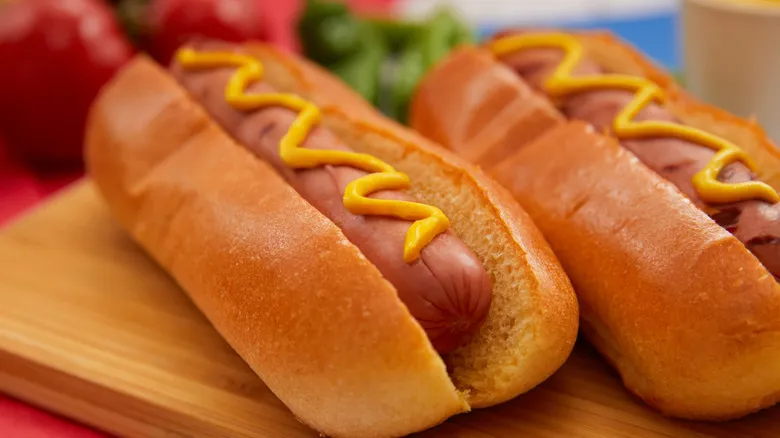
Why The US Hot Dog Market Is About To Take Off Like Never Before
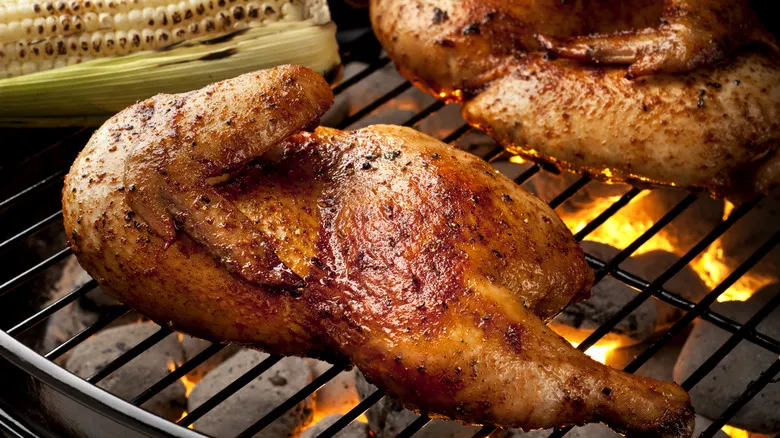
The Right Way To Barbecue A Whole Chicken According To An Expert
Next up

